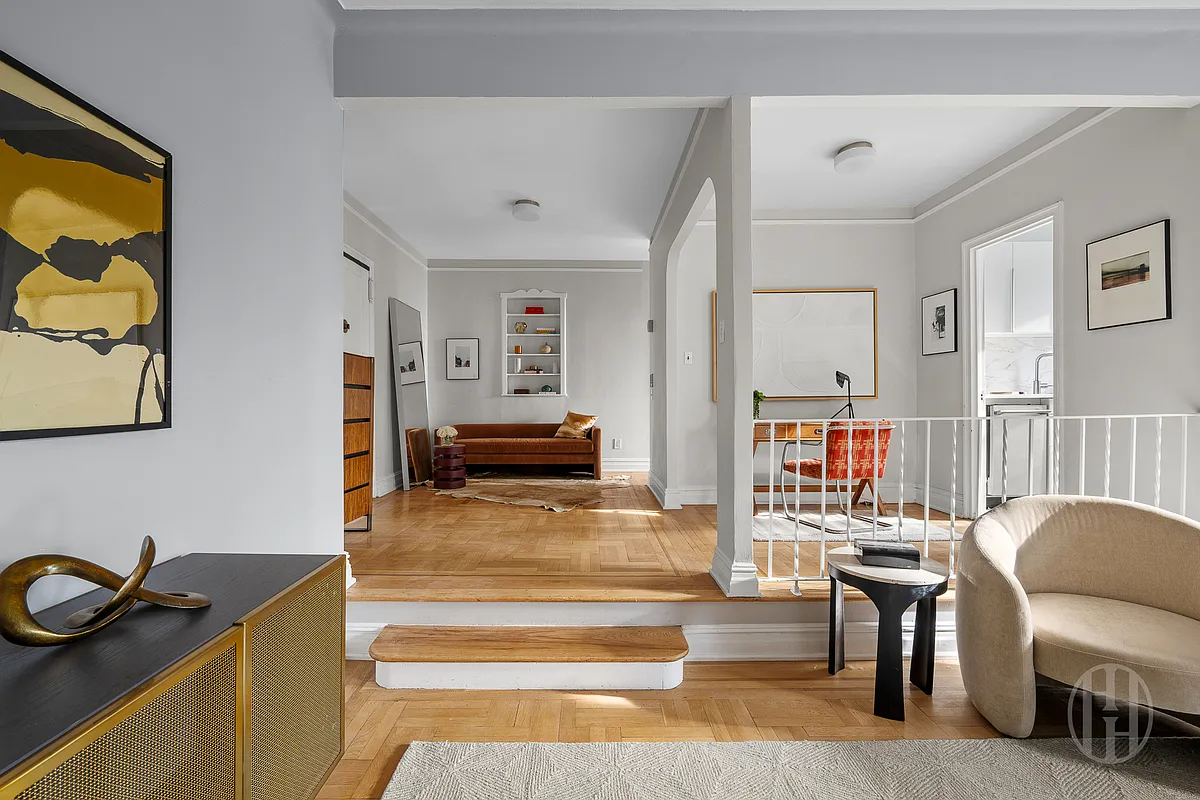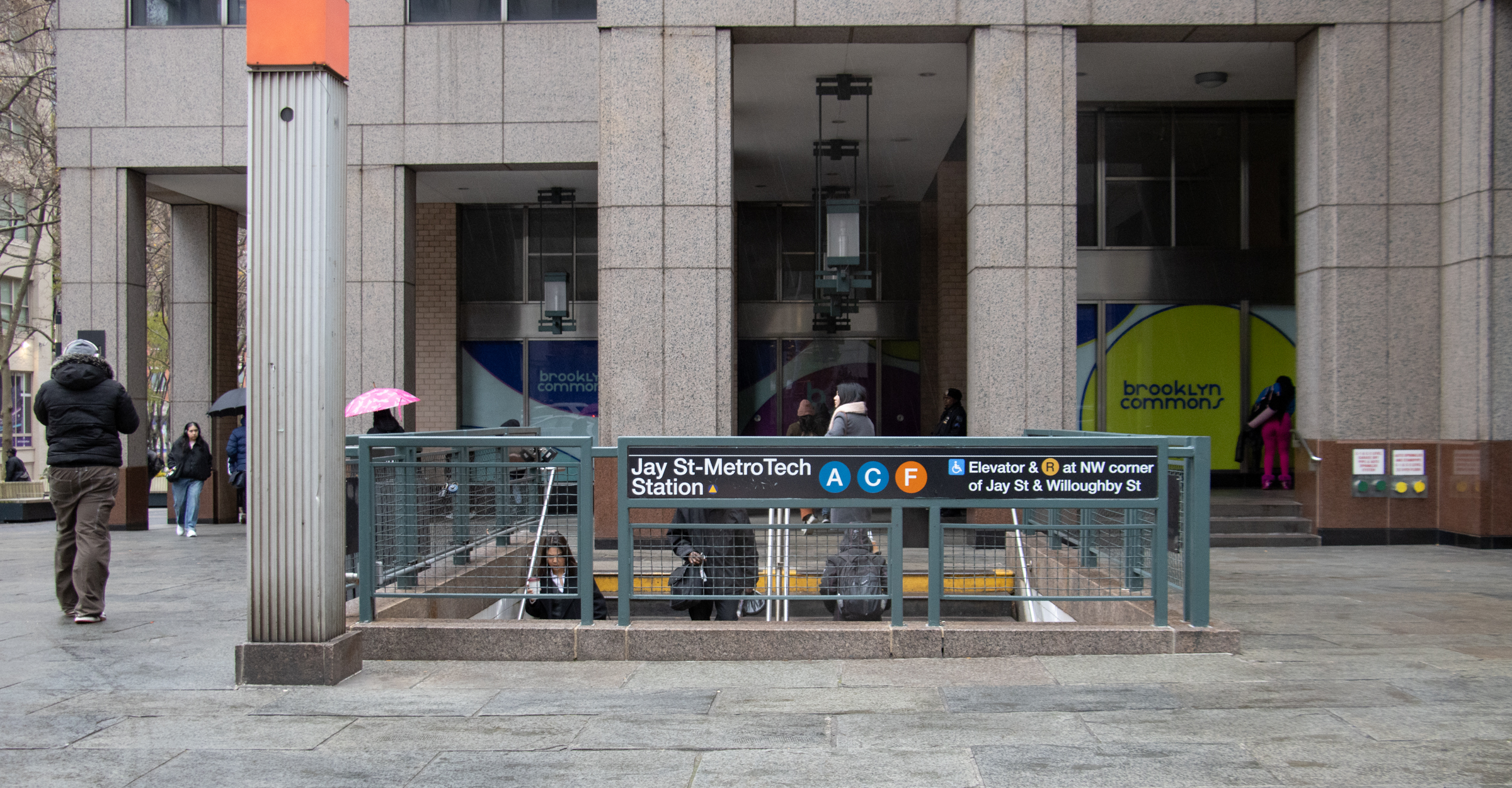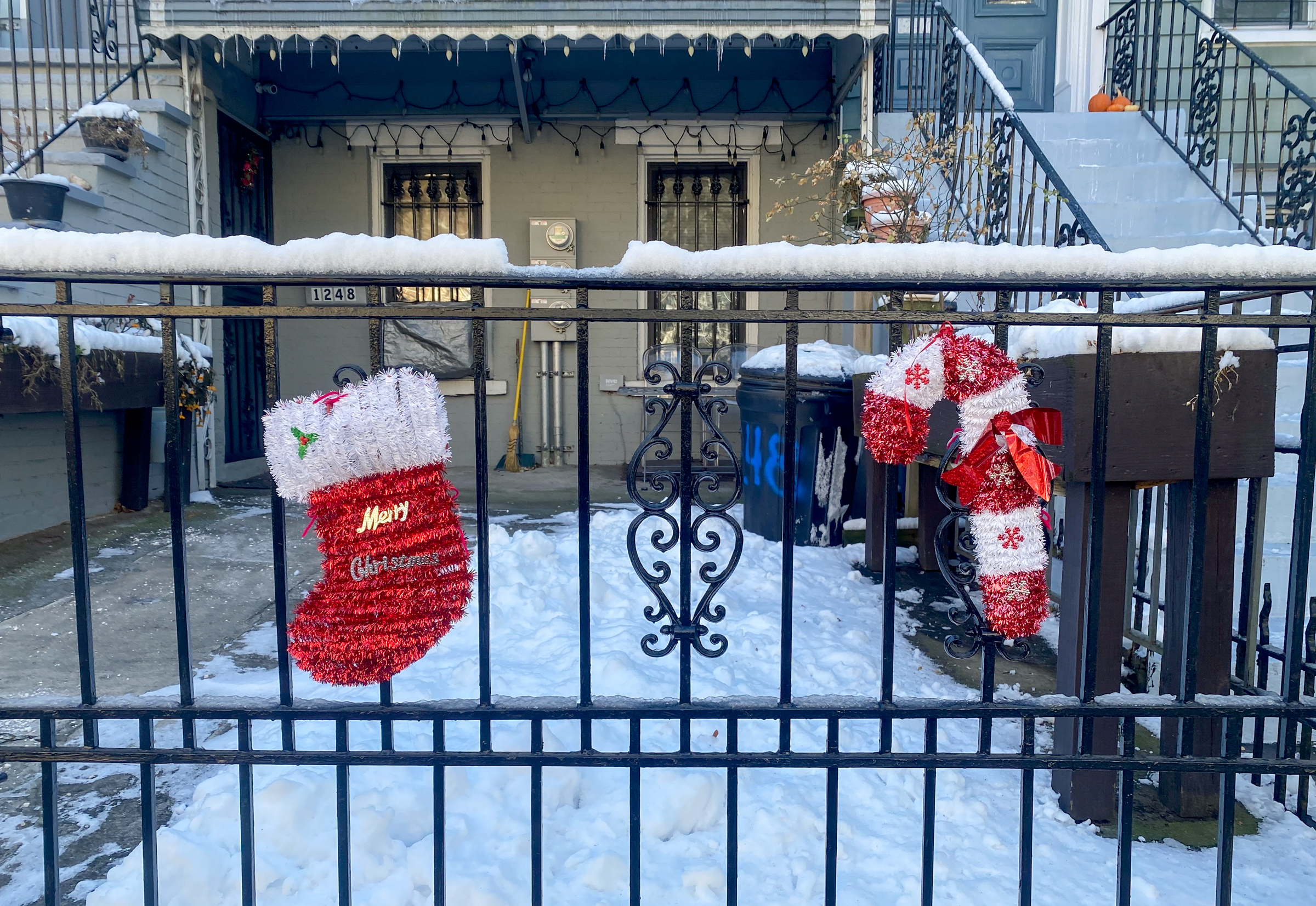The Darkness at Richard Meier's Brooklyn Tower
When Richard Meier, the architect famous for his glass and steel towers such as those on Perry Street in Greenwich Village, announced plans in 2005 for one of his signature buildings at Grand Army Plaza, the idea met with plenty of resistance from residents of Prospect Heights, Crown Heights, and Park Slope, as well as…


When Richard Meier, the architect famous for his glass and steel towers such as those on Perry Street in Greenwich Village, announced plans in 2005 for one of his signature buildings at Grand Army Plaza, the idea met with plenty of resistance from residents of Prospect Heights, Crown Heights, and Park Slope, as well as Brooklynites throughout the borough. Thus, some people might have read with relish the New York Times article profiling the building, now open ten months but on the market for much longer. Through interviews with neighbors and residents, the article leaves final judgment somewhat up to the reader: its vacancy rate proves the Richard Meier experiment in Brooklyn a failure, or a building planned in the boom years that is now struggling to fill spaces (the developers report sales of 50 percent of the units, while Streeteasy has recorded only 25), just like many other new developments, independent of architect or developer. Some residents of the sparsely occupied glass box expressed worry about the dropping values of their new purchases, while one retired couple showed more longevity of thought: “We’re living here for the rest of our lives. We know there are ups and downs in the market. It’s not a time to panic.”
Glass Half Empty: Richard Meier’s Brooklyn Tower [NY Times]
On Prospect Park: Is Anybody Home? [Brownstoner]
Photo via Curbed





building was over-priced because of being in PH and not PS. school district/crime/etc.. implications.
however, it is fabulous. was sitting in the backyard of some restaurant on Vanderbilt with this amazing view of the building and could not stop staring at it.
at reduced prices, people will eventually buy remaining units and have a good long term investment.
it’s the opposite of stiffling victorian ugliness, and will appeal to tons of people no worries.
I do not like this building. There’s nothing wrong with it intrinsically, but it is out of context. If Meier (or the developers who hired him) was so set on building in brooklyn, then downtown or waterfront is the place for this (or maybe Long Island City in qns). But they tried to trade on the Park Slope cachet, and hey, it didn’t work, because people think of brownstones, not glass boxes, when the think about Park Slope.
“ENY- I was thinking, anyone who spent a year in a hole in the ground would love a place that is all windows.”
Well, I’d think he’d love ANYWHERE else in comparison, but I catch your drift. Yeah, it’s a fishbowl, but there are curtains, you know. Problem solved.
This is a story about the failure of the market- not the building. All condos, luxury or not, are experiencing the same fate.
This building has 95% of the quality of the Perry Towers in Manhattan at 50% of the cost. Because it much lower in cost, it is more accessible to Brooklyn residents (retirees, etc), not just celebrities. That is a pretty cool thing!
The market will bounce back quicker than we think. The developers should be applauded for investing their time and money in this borough. BTW, they could have built a generic brick building for asking prices not much lower.
When the building is filled with ‘real families’ who decided to make brooklyn their home (and not celebrities who bought for investment), this building will shimmer with life and energy that the towers in Manhattan will never achieve.
ENY- I was thinking, anyone who spent a year in a hole in the ground would love a place that is all windows. My last apartment was as dark as a tunnel- I hated it with a passion and now I have a place with huge windows front nad back and I hate to close the curtains at night. Still, I would be so uncomfortable living in a fishbowl.
I really like this building, and I’m also a person that enjoys classic Victorian-style residential architecture. I’m sure this place will always have a loyal group of those who hate it (based at least on this thread), but I’m willing to bet that in time it will be looked upon as something of a landmark.
I thought the most interesting residents mentioned in the article were the 84- and 80-year old couple; the guy is a holocaust survivor who lived for a year in a hole dug in a forest in Eastern Europe. They are clearly living here because they like the place. As the wife points out, she doesn’t care much about the apartment’s decrease in value because her next condo “will be a coffin.” Pretty cool people.
Look, the building’s a clunker, it’s only a third sold. Those are facts, its not class warfare. Millions for a condo in Prospect Heights was a bit of a stretch to begin with, and of course it hit on the wrong side of the cycle.
As a result I do not expect to see a string of new glassy Meier buildings springing up any time soon.
loved your post, Whuh.
I thought the article was interesting but I can’t beleive poeple love living in a fishbowl. Didn’t a foremer thread talk about how the apartments were selling on one side of the building and not the other? I’m not envious of anyone who wants to live in the Meier building- I certainly wouldn’t. I think the developer overestimated the worth of the building and the livibility. I rather like the contrast it presents to the buildings beside it but it could have been much better although at night it does look lovely.
The lack of trade-ups will take years to work its way through prices. It’s kind of like the person at the front of a slowly moving line just stopping and everyone else bumping into the back of the next person. Two thing I can say with confidence:
1. It will take years for the removal of consistent equity gains and consequent trade-ups to work its way through NYC housing prices. People are still talking about how many people out there have so much built up equity that they just don’t care about prices
2. Once that process is done the kind of upwards price pressure created by consistently rising housing prices will be very difficult to get started again.